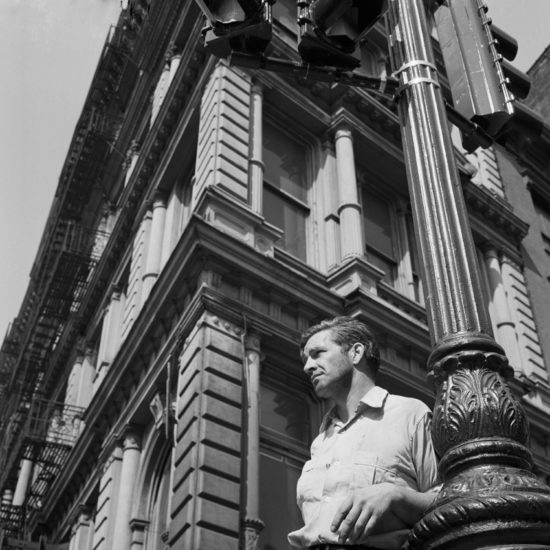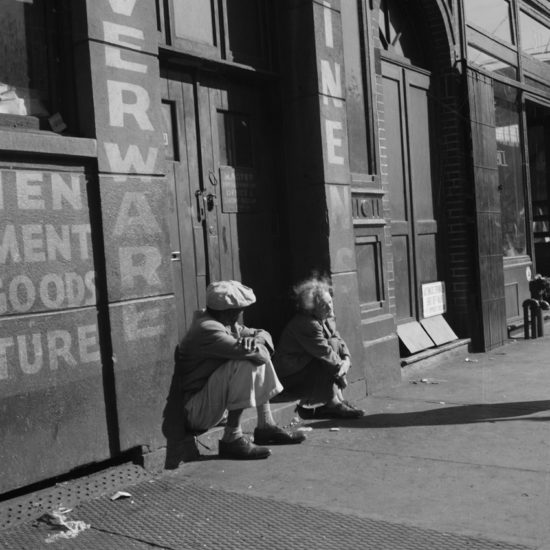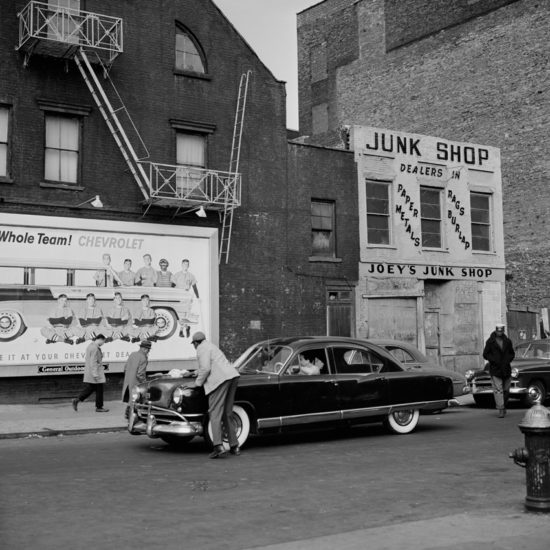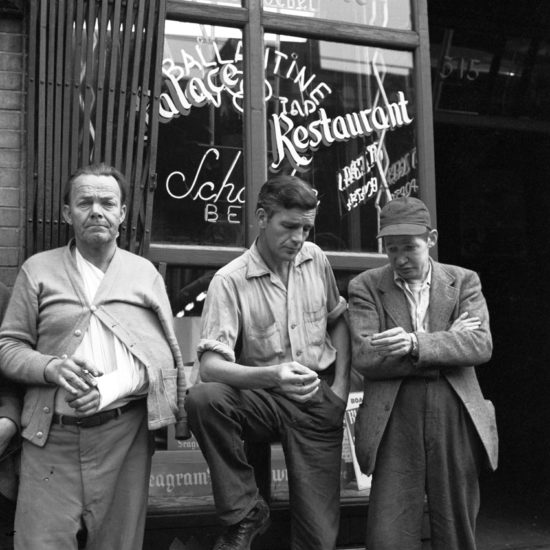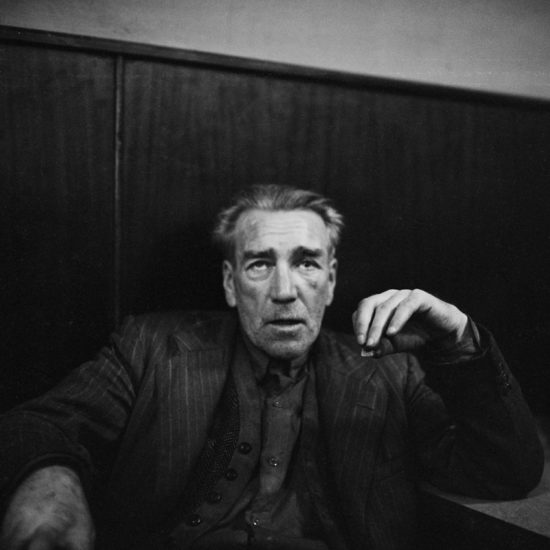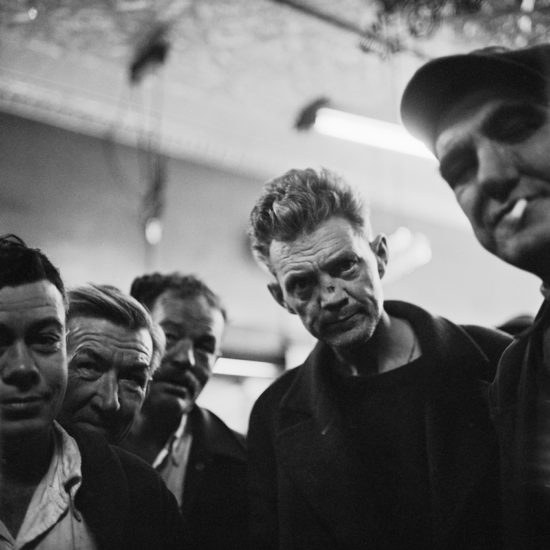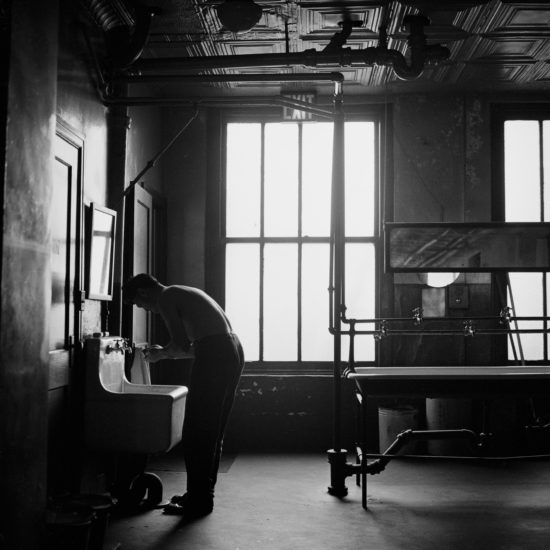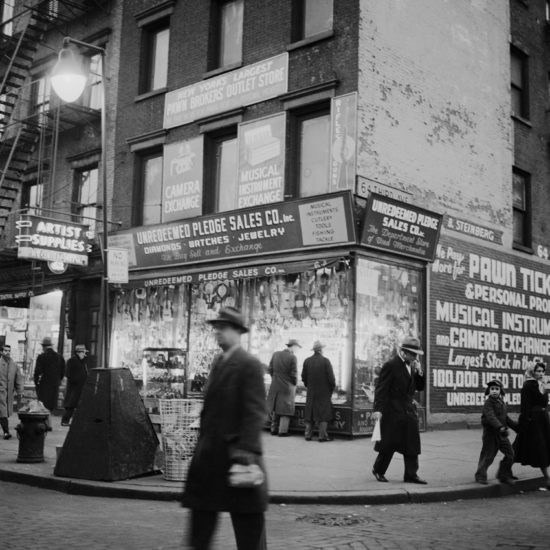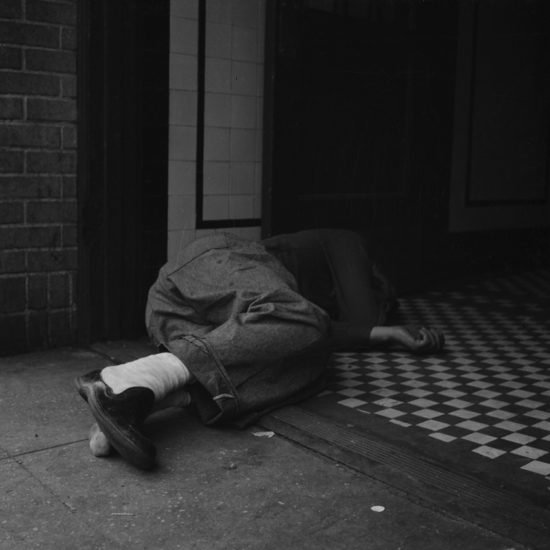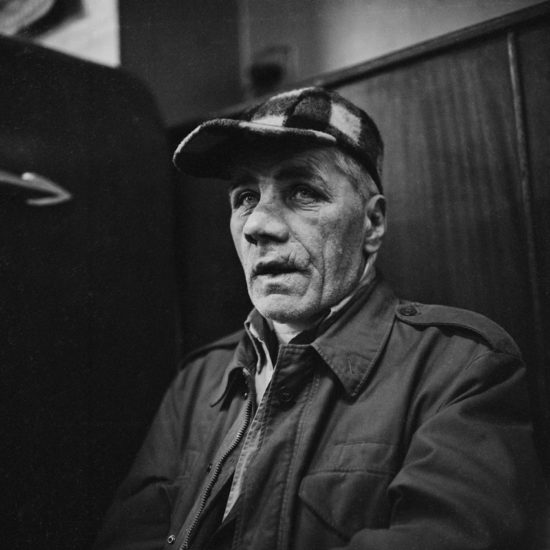Spotlight Myrtille Beauvert presents Lionel Rogosin
For the first Meeting Point, a series of meetings organized with the MEP, The Eyes had the pleasure to welcome four reviewers, who shared their favorite recent photographic discoveries. Focus on one of them.
The Eyes Event
16/05/2019
Spotlight :
myrtille beauvert presents Lionel Rogosin
Myrtille Beauvert is a publicist, who has been working for over ten years in the art and photography world. She also is a consultant for museums, galleries, festivals, publishers and artists. Originally from Paris, she moved to New York and works on developing collaborations between both sides of the Atlantic.
I have recently seen the movie “On the Bowery”, by American film-maker Lionel Rogosin, released in 1956. It was shown at Anthology Film Archive, founded by Jonas Mekas, a friend of Rogosin with whom he founded the New York American Cinema. Lionel Rogosin’s son, Michael Rogosin, introduced the screening, exceptionally accompanied by a series of photographs taken by his father about the movie between 1953 and 1955, shown to the public for the first time. There are not film stills, but incredibly powerful portraits of the characters that inhabit the movie, a painting of locations, haunted faces, and moments full of life that make up for the loud, dirty, lively life at the Bowery, sad and welcoming in turns.
Rogosin, son of an industrial, raised on the East Coast, decided after working for a few years at the family company, to fight racism and fascism with movies. One of his most famous is “Come Back, Africa”, shot in South Africa during the Apartheid. He chose to train his skills by shooting in New York’s ghettos, and directs docudrama “On the Bowery”, in the neo-realism tradition. It is the first American movie to be awarded the Venice Classics Awards for Best Documentary on cinema, at Venice Film Festival in 1956. It influenced many directors, including Martin Scorsese and John Cassavetes.
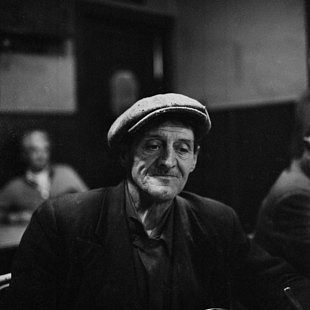 At the end of the 19th century, the Bowery was lined by grand houses but the building of the elevated railway cast a shadow on the whole boulevard, that then became famous for its low-priced rents and its cheap bars. To make his movie, Rogosin and his team spent months on the Bowery, to immerse themselves in the life of their characters, who live in dire poverty.
At the end of the 19th century, the Bowery was lined by grand houses but the building of the elevated railway cast a shadow on the whole boulevard, that then became famous for its low-priced rents and its cheap bars. To make his movie, Rogosin and his team spent months on the Bowery, to immerse themselves in the life of their characters, who live in dire poverty.
Shot in real locations with characters that are not actors, the movie’s plot is minimal. It is about showing the everyday life of the homeless and workers that inhabit the streets and bar of this neighborhood. We follow Ray Slayer, a railroad worker, still young and untouched by alcoholism, who winds up on the Bowery, and becomes friends with Gorman Hendricks, an older petty criminal, and his drunkards friends. After trying to go away from bars, and a short stay at Bowery mission, a welcome center for homeless people (that still exists today and can be seen on two of Rogosin’s photographs), Ray joins his friends for another drunken night. In the morning, he leaves them and Gorman watches him, predicting that he will soon be back on the Bowery, just like the prophecy of an inevitable destiny. This prophecy is symbolically accomplished as Ray, after refusing contracts in Hollywood, dies a few years after the movie, most likely on the Bowery. Gorman dies of a cirrhosis soon after the end of the shooting.
Rogosin is a director with a simple visual code and full of compassion. He shoots his characters in their environment, speaking with their own words, to stay as close as possible to their reality. His photographs show the same straightforward and empathic look, and their blunt realism is a tribute to the neighborhood and its inhabitants. Rogosin shoots and photographs ordinary people wrestling with universal problems, alcoholism, poverty, drinking their problems away. The photographs prefigure and illustrate the collaboration, active and passive, between the Bowery inhabitants and the photographer/film-maker.

